Inferences from Haunted Houses and Haunted Men
Inferences from Haunted Houses and Haunted Men
Book Excerpt
maid-servant. Nothing more interesting than the transfer of thought by Miss Freer to a friend, who therefore saw candles lighted on a lunch table, could be found, but here again the experience seems simply hypnotic. The chapters in her essays on visualising,[12] on "how it once came into my head," are very valuable. Those on hauntings are grave and gay, comments on realities and errors and superstitious, sometimes charming, beliefs. Miss Freer says of the visions which she sees of persons in the crystal, or otherwise, that they are (1) visions of the living--clairvoyant or telepathic; (2) visions of the departed, having no obvious relation to time and space; (3) visions which are more or less of the nature of pictures, from memory or imagination: they are like No. 2, but not of a person.
[Footnote 12: A. Goodrich Freer's "Essays," p. 126.]
Her most remarkable stories are certainly almost magical. One refers to her seeing the doings of relations, another to her seeing a friend's doings.[13] "The
Editor's choice
(view all)Popular books in Non-fiction, Pulp, Ghost Stories, Philosophy
Readers reviews
3.3
LoginSign up
This is a good follow up on the book "Hauntings at B House".
The author here suspects that many of the witnesses may have been hypnotized prior to arriving at "B House".
The author here suspects that many of the witnesses may have been hypnotized prior to arriving at "B House".
- Upvote (0)
- Downvote (0)
Sounds like good, Victorian nonsense, but we are still experimenting with this stuff, only we don't call it Mesmerism anymore. We call it remote influence.
06/05/2007
Imagine, if you will, living in a post-Victorian world being harassed and vandalized by groups of evil, criminal hypnotists and ventriloquists that can put you into an insane asylum, make you think your house is haunted, or even kill you! Add the Jesuits and the Freemasons into the mix and the result is a delightful, rambling, sometimes incoherent, paranoid descent into serious, pseudo-scientific lunacy.
This is fun.
However, do remember that at one time hypnotism was considered an occult art (called mesmerism) to the point people considered assault by criminal hypnotists a genuine reality and it was expressed in the literature and films of the day (The Cabinet of Dr. Caligari, 1919 and Svengali, 1931).
The fear of criminal hypnotists continues today, but we have modernized the legend into tales of alien abduction.
This is fun.
However, do remember that at one time hypnotism was considered an occult art (called mesmerism) to the point people considered assault by criminal hypnotists a genuine reality and it was expressed in the literature and films of the day (The Cabinet of Dr. Caligari, 1919 and Svengali, 1931).
The fear of criminal hypnotists continues today, but we have modernized the legend into tales of alien abduction.
02/07/2007
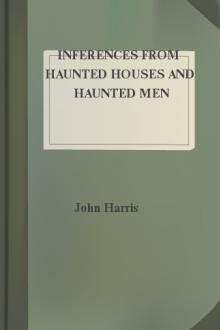
 Free Download
Free Download











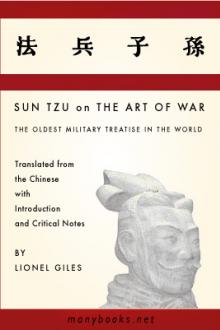


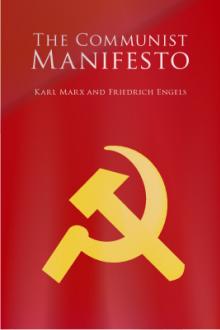
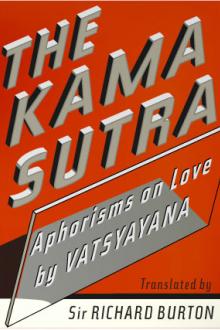
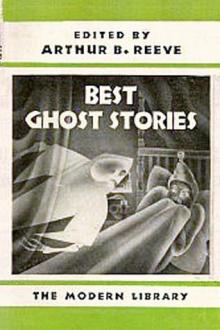
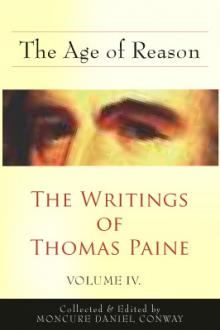
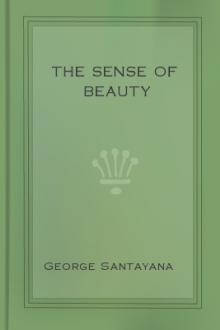
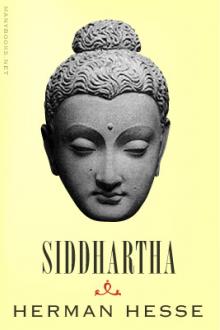
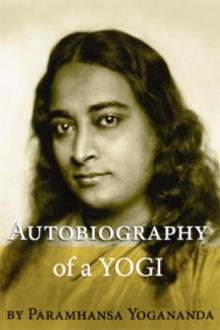
-itok=vcKIB5v1.jpg)